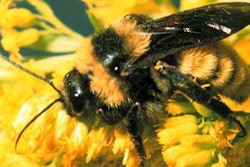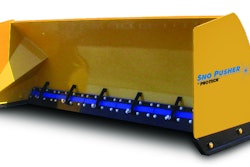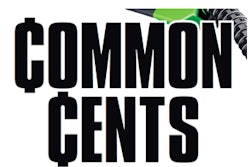One New Jersey landscaping employee has died after a large tree limb fell on his head on a jobsite.
Authorities said the 40-year-old man was working under a 130-foot tree at a Princeton residence when the tree limb fell, according to NBC40.
Another worker was in the tree trimming limbs with a chainsaw when the 15-foot limb broke free from its safety tether.
The man was pronounced dead at the scene.
Accidents can happen for a variety of reasons, and sometimes accidents happen for no reason at all.
If an accident does occur, here are some steps to help someone with head trauma:
 Photo: vpr.arizona.edu
Photo: vpr.arizona.eduMemorizing a set of steps that corresponds to letters in the alphabet can help:
A, for example, is for airway. The first thing you should do is ensure the victim’s airway is open. Lift their chin and remove teeth or dentures if they are obstructing the airway. Then call 911.
B is for making sure the person is breathing adequately. If not, pinch his nose and perform CPR. The brain regulates breathing, so people with head injuries can have breathing problems even if their lungs aren’t damaged.
C is for circulation. Begin cardiopulmonary resuscitation if the person doesn’t have a pulse. Everyone working in a landscaping environment should have basic life-support training, says Dr. Joshua Kugler, chairman of the emergency services department at South Nassau Communities Hospital in Oceanside, New York. Ask your employer to provide this training if the company doesn’t already. The American Heart Association offers courses in every state. If the person is bleeding, put pressure on the wound. In addition to wrapping an injury as was done in the example accident, you can fold a jacket or towel and press it onto the wound.
D is for disability checks. Ask the victim if he can feel and move his hands and feet. If not, tell emergency personnel as soon as they arrive.
E is for exposure. Evaluate the victim to see if a toxin that could have incapacitated the person, causing a fall and subsequent head injury. In landscaping, this would most likely be a chemical substance. Use water to wash toxins as well as dirt and debris off the victim’s body.
To help prevent accidents, here are some chainsaw safety tips:
Before Sawing
- Check controls, chain tension, bolts and handles to make sure they are working properly.
- Put on personal protective equipment (PPE) for your head, ears, eyes, face, hands and legs.
- Complete any required employee training, including how to safely perform the assigned task.
During Operation
- Keep both hands on the handles, and maintain secure footing while operating the chainsaw.
- Do not cut directly overhead.
- Clear the area of obstacles that might interfere with cutting the tree.
- Shut off or engage the chain brake whenever the saw is carried more than 50 feet or across a hazardous terrain.










